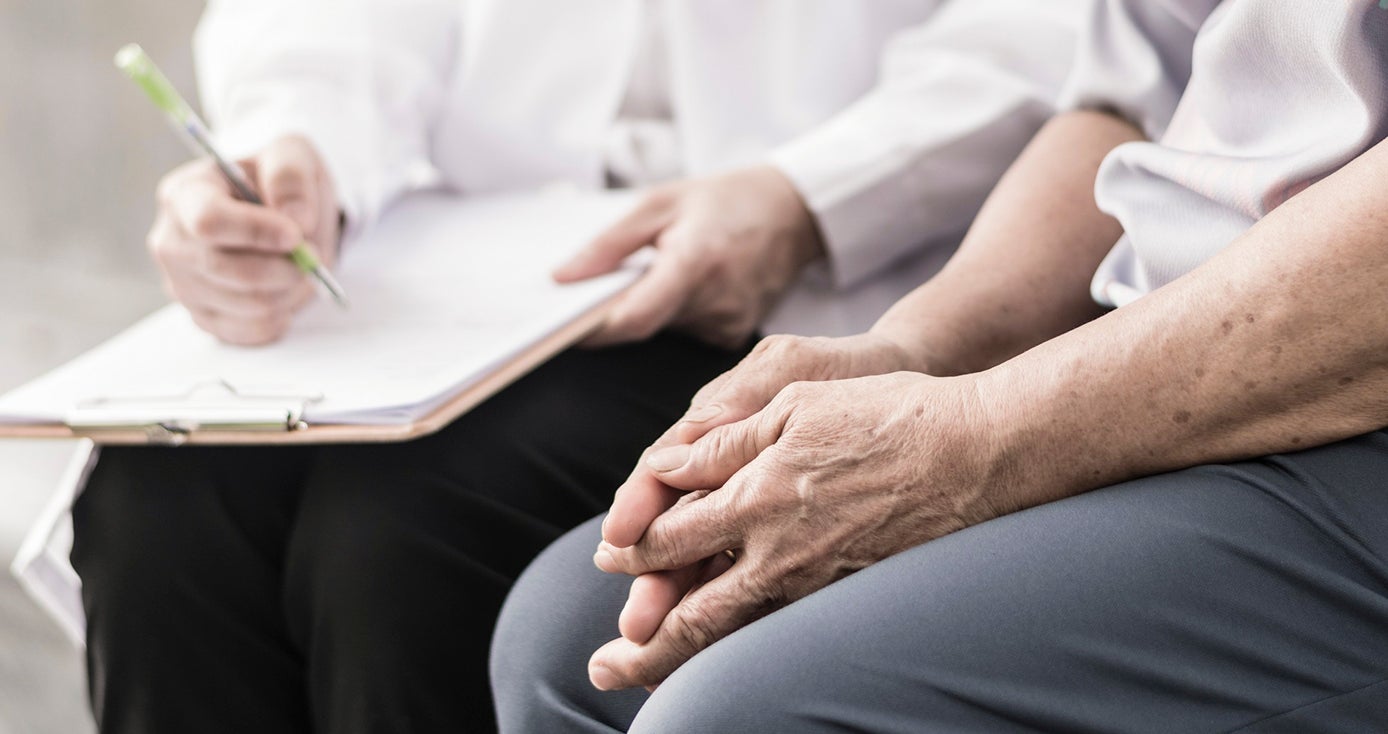
Subscribe to Pittwire Today
Get the most interesting and important stories from the University of Pittsburgh.30-Second Tool to Identify Frail Patients, Reduce Surgical Risk Works in Health System Setting
Frail patients in private-sector, multihospital health systems may benefit from a tool that can quickly predict their risk for poor outcomes following surgery, including postoperative mortality, readmission and extended hospital stays.
New research from UPMC—published recently in the Annals of Surgery—demonstrated that this prospective assessment index, which was previously validated in the VA health system, was effectively implemented at scale in UPMC’s diverse environment, requiring only 30 seconds per patient to accurately stratify patients for frailty.
Initially developed by the VA, the so-called Risk Analysis Index (RAI) has been shown to accurately classify a patient’s frailty and to predict their risk for adverse health consequences following surgery and other procedures. Until now, however, questions remained about the feasibility of implementing the index within complex, multihospital systems and the validity of the scores in a nonveteran population.
“Previous studies have shown that frail patients are at higher risk for poor outcomes after surgery, and our recent research shows that even procedures that physicians typically consider ‘low risk’ result in a higher rate of adverse events for frail patients,” said Daniel Hall, corresponding author of the study and associate professor of surgery, University of Pittsburgh School of Medicine. “We want to ensure that all patients have the best outcomes possible based on their unique health factors. Validating the RAI in UPMC’s large-scale clinical environment is a step toward that goal and provides a roadmap for other health systems.”
The RAI uses a variety of clinical and patient-reported factors, such as age, gender, appetite, chronic health conditions and daily activity levels to generate a score representing each patient’s level of frailty. Hall and his team implemented the RAI as a patient-facing questionnaire, integrating the tool into the electronic health record at UPMC surgical practices in Pittsburgh.
From July 1 to Dec. 31, 2016, 42,738 RAI assessments were completed for 36,261 patients across five surgical clinics—or 77% of eligible patients within the first six months. Among this sample and compared to patients with “normal” RAI scores, patients considered “very frail” suffered five times the rate of death, three times the rate of readmission and 10 times the rate of extended hospital stays.
“This represents the largest reported cohort of patients with prospectively measured frailty within a clinical setting,” said Hall, who also is medical director of the Wolff Center at UPMC, the health system’s multidisciplinary quality improvement center.
More importantly, he noted, his team demonstrated that the RAI has value as a broad screening instrument—regardless of the patient’s gender—because it does not require the dedicated expertise of specific providers, disruption to the clinical workflow or additional clinic time beyond the initial surgical visit.
“With the silver tsunami of aging boomers, accurate and rapid risk stratification will be increasingly essential to ensure that surgical treatment is offered to the right patients and consistent with older patients’ goals and values,” said Hall. “Clinicians worried about the burden of frailty assessment used to ask, ‘How can I afford to measure frailty?’ However, these data demand a different question: ‘How can I afford NOT to measure frailty?”
Further study is needed to show that interventions based on this information translate to improved outcomes or lower costs.
This research was supported by UPMC. Additional authors include Patrick R. Varley of Pitt; Jeffrey D. Borrebach, Andrew L. Bilderback, Jonas T. Johnson, Joel B. Nelson and Mary Kay Wisniewski all of UPMC; Shipra Arya, of Stanford University; Nader N. Massarweh of Baylor College of Medicine; and Jason M. Johanning of the University of Nebraska Medical Center.



